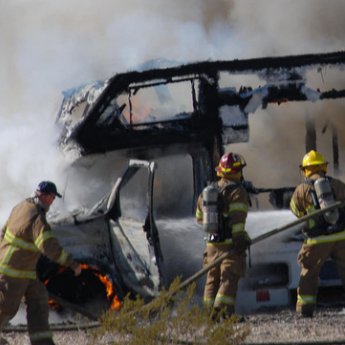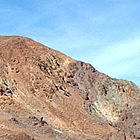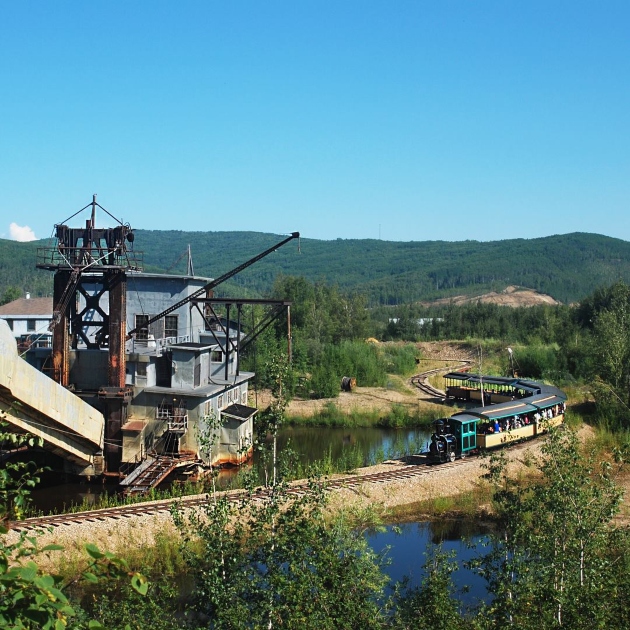A cross country adventure
An RVing couple recount their journey across Canada and through the U.S.
Like most RVers, we pay a lot of attention to road signs, but what do you do when the signs are in a language you don’t know?
Thank goodness for pictures on highway signs. I am loathe to admit that most of the French I learned in high school is lost—and that my French is far worse than most of the English we heard along the way. Having said that, and though sometimes frustrating, the language adds to the fascination and unique charm of Quebec.
As we travelled the secondary roads, the countryside resembled a classic picture of the traditional narrow farms that run back along both sides of the road. Clusters of houses, outbuildings and towering silos line up one after another between lush fields of ripe corn. The towns and villages reflect the extensive and unique histories of the area.
Cities are generally not RV friendly so our travels usually steer us away from most cities. Quebec City, however, is one we chose to explore. A word of warning: in the eastern provinces, many RV parks and services end in October so plan your trip accordingly. We did find a nice smaller RV park on the other side of the river at Lévis, Quebec. A regularly scheduled ferry transports passengers (and commuters) across the water from Lévis to the Old City.
What a great idea to take the ferry right into the port of the old city. We left the car in Lévis and enjoyed our adventure without having to worry about traffic, getting lost (our usual happening) or parking. The ferry ride takes less than half an hour and affords an unbeatable view of the harbour and the old city itself.
High on a bluff overlooking Quebec City and the harbour stands the historic hotel Le Château Frontenac—the heart of Old Quebec. It was draped in protective netting as workers prepared this historic building for the 400th year celebration of the city in 2008. The harbour itself was packed with huge container freighters and big, white cruise ships that stand up to 10 storeys high.
A splash of culture
While French may be the official language of Quebec, as you walk through the streets you also catch spatterings of English, German, Italian and many languages that are hard to distinguish. Young, old, Asian, European, African, North American—all gather to meander up and down the winding narrow streets lined with quaint European-style restaurants, boutiques, art galleries and working artists and musicians.
Narrow streets converge on bustling squares where more shops encircle a monument to a past prime minister. Above the crowd is a five-storey three-dimensional wall mural that displays a very successful trompe-l’oeil (to trick the eye) effect and features several historic notables.
Another mural, honouring the daily lives of the Quebec people, sits at the end of another popular lane.
Tickling the taste buds
The food in Quebec reflects the French culture and the best food is found by wandering around the backstreets and sampling the small but excellent restaurants.
Poutine is one very distinct Quebec dish. It resembles fries and gravy but not really.
To quote the Knight’s Canadian Info Collection description: “The French Fries—The potatoes must be hand-cut and very fresh…fried in pure lard. Vegetable oil and other politically-correct oils spoil the unique taste.
“The Gravy—French-Canadian gravy… is very dark and thick, like molasses. Secondly, it has a very flavourful taste which cannot be described…very much like pepper and vinegar and other ‘magical’ ingredients. If you can stand a spoon straight up in it, it’s good! Make sure it’s very, very hot!
“The Cheese—The cheese is the most important part of good poutine. You must use FRESH white, cheddar cheese CURDS… The cheese curds will actually squeak in your teeth as you bite them. When the curds are placed on the fries and the hot gravy is poured on top, the three flavours combine to produce what can only be described as the BEST junk food taste sensation on earth.
“Poutine is Acadian slang for mushy mess and is best described as a heart attack in a bowl.” (http://members.shaw.ca/kcic1/poutine.html)
Having our fill of poutine, we were off to savour the tastes of Nova Scotia—the fish, seafood, scenery and culture. This portion of our journey will be highlighted in our next installment.








